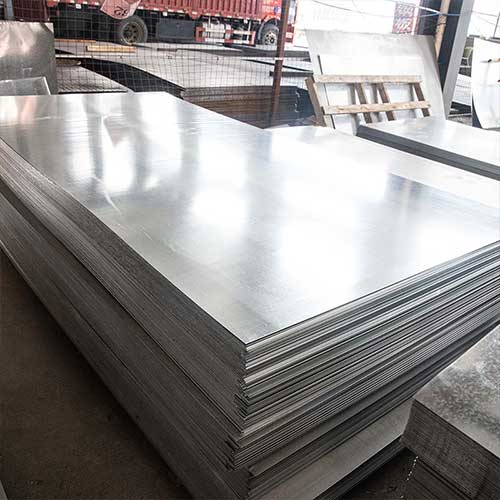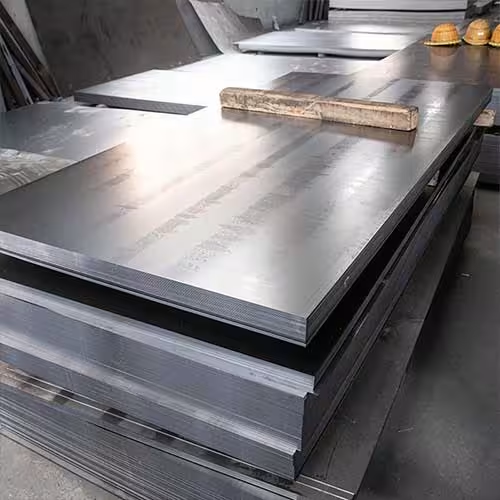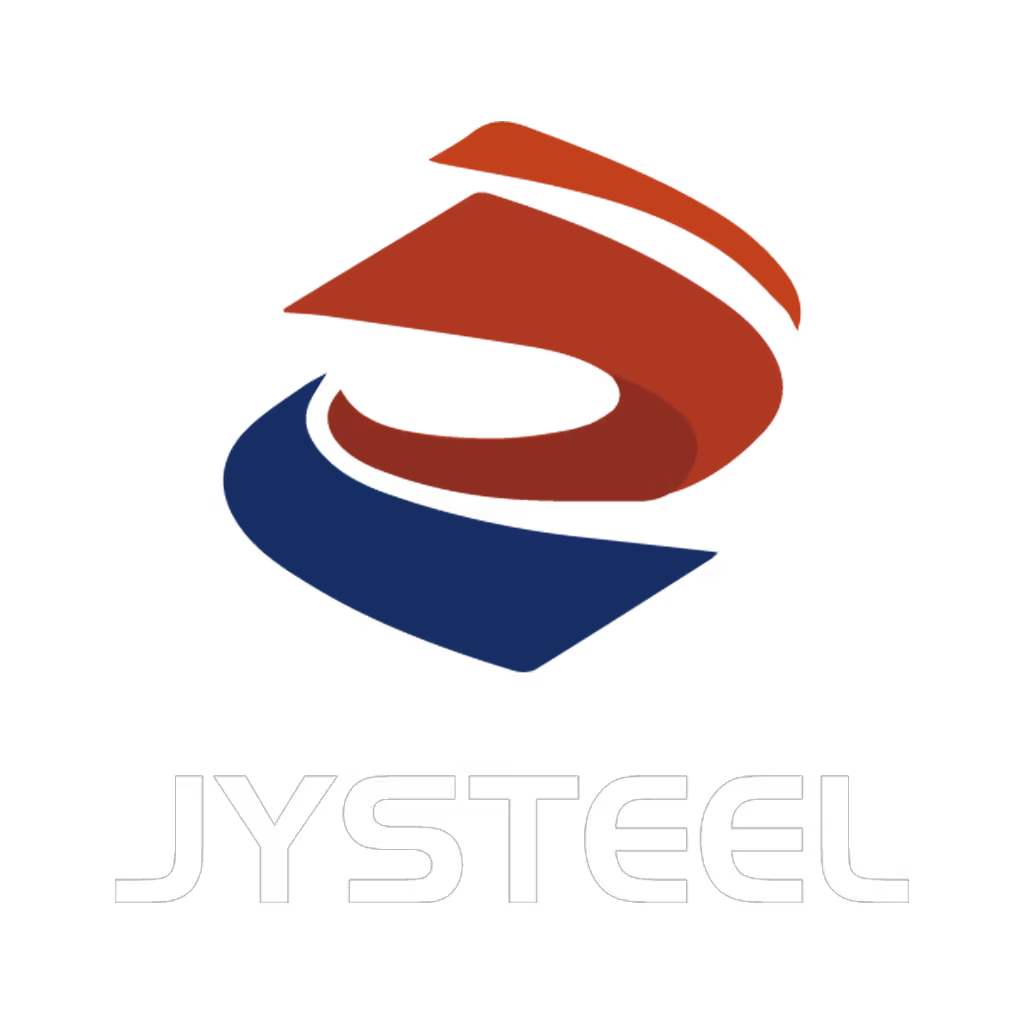Welcome to My Blog!
Before we dive into the content, I’d love for you to join me on my social media platforms where I share more insights, engage with the community, and post updates. Here’s how you can connect with me:
Facebook:https://www.facebook.com/profile.php?id=61565500692293
Now, let’s get started on our journey together. I hope you find the content here insightful, engaging, and valuable.
Table of Contents
Introduction
Galvanized steel panels provide reliable, durable corrosion protection owing to their zinc coating, which acts both as a barrier and as a sacrificial layer. This makes them a wise choice for structures that must stand the test of time with minimal upkeep. Zinc corrodes at a significantly slower rate than bare steel, and field testing shows galvanized structures can remain in excellent condition for decades—often centuries—when properly installed.
This blog explores why galvanized steel panels are an effective solution for corrosion protection, how they work, in which applications they excel, and what to consider when choosing them.
How Galvanized Steel Panels Protect Against Corrosion

Galvanized panels are coated through a hot-dip or electrochemical process that bonds zinc to steel. The zinc layer physically shields steel from moisture and oxygen, and if scratched, the zinc corrodes first to protect the steel beneath. Over time, the coating develops a patina—specifically zinc carbonate—that enhances its anti-corrosive properties. This patina layer helps keep corrosion at bay even in unprotected areas.
Types of Galvanized Steel Panels and Their Best Uses
Hot-dip coated panels offer thick, rugged protection ideal for outdoor and heavy-duty use. Electro-galvanized panels are thinner and better suited for indoor or decorative applications. Alloyed coatings (zinc-aluminum alloys) provide enhanced resistance in coastal or agricultural environments. When combined with a paint or powder-coat finish—a duplex system—galvanized panels offer premium durability and visual appeal. Choosing is about matching coating thickness and type to where and how the panels will be used.
Benefits Overview of Galvanized Steel Panels
Durability: Galvanized panels resist abrasion and impact thanks to the metallurgical bond between zinc and steel, making them highly durable.
Versatility: These panels work in roofing, siding, framing, fencing, and specialty structures, adaptable to various shapes and thicknesses.
Long-Term Value: Though initially more costly than plain steel, galvanized panels save money over time through minimal maintenance and fewer replacements.
Eco-Friendly: Both steel and zinc are highly recyclable, supporting sustainable building practices and reducing carbon footprints.
Where Galvanized Steel Panels Are Ideal

Industrial settings: For warehouses, plant shelters, ducting, and exhaust systems, galvanized panels resist moisture, chemicals, and wear.
Infrastructure: Suitable for bridges, highway barriers, parking structures, and rail components, due to strong weather resistance and structural strength.
Agricultural installations: Barns, fencing, grain storage, and equipment sheds benefit from galvanized panels’ resistance to moisture, animal exposure, and dirt.
Residential and light-commercial: Perfect for garages, sheds, metal framing, and wall cladding—long-lasting and low-maintenance.
Special applications: Useful for drainage systems, prefabricated cabins, and mobile units where corrosion resistance is critical.
Installing Galvanized Steel Panels for Best Performance
Proper specification is essential—select heavy-duty zinc coatings for harsh environments and lighter coatings for interiors or decorative use. Ensure panel edges and cut surfaces are coated with zinc-rich paints or sprays. Use compatible fasteners and soft washers to avoid damaging the coating. Store unused panels in a dry area off the ground to prevent condensation and contamination. Minimal maintenance like periodic rinsing keeps the panels performing well over many years.
Comparison Table: Galvanized Panel Types and Uses
| Panel Type | Coating Technique | Zinc Thickness | Ideal Environment | Typical Applications |
|---|---|---|---|---|
| Hot-Dip Galvanized | Immersion in molten zinc | Heavy (≥ 85 µm) | Outdoor, industrial, marine | Structural beams, roofing, fencing |
| Electro-Galvanized | Electrochemical deposition | Thin (5–25 µm) | Indoor, light-duty use | Interior trim, decorative components |
| Alloyed (Zn-Al) | Zinc-aluminum alloy dip | Medium to heavy | Coastal, humid, aggressive | Farming buildings, coastal structures |
| Duplex Coated | Galvanized + topcoat | Variable | Extreme exposure, aesthetic | Facades, bridges, heavy infrastructure |
This table helps you quickly evaluate the coating type that matches your project’s exposure level and functional requirements.
Best Practices for Designing with Galvanized Steel Panels
Account for thermal expansion by allowing panel ends to float and using proper fastening patterns. Seal lap joints to prevent moisture accumulation. For welding, recoat areas exposed to heat with cold-galv sprays afterward. Proper installation and design ensure panels perform effectively throughout their lifespan.
Maintenance and Longevity
Galvanized steel panels require minimal maintenance. In regions with high pollution levels or coastal areas, occasional rinsing with freshwater suffices to preserve performance. Steel structures framed with galvanized panels monitored for over a decade often retains its full structural integrity and corrosion resistance. In less harsh environments, the coating can remain maintenance-free for decades.
Environmental and Sustainability Aspects
Galvanized panels support sustainable construction through recyclability and long service life, reducing material turnover and landfill waste. Their production emits less CO₂ relative to repeatedly replacing non-galvanized materials and helps meet green building standards for life-cycle sustainability.
Exploring Innovative Advancements
Alloyed coatings now enhance corrosion resistance with zinc-aluminum blends, while emerging graphene-infused topcoats offer even higher barrier performance. These innovations extend panel longevity and reduce environmental impact.
Comparison to Other Materials

| Material | Corrosion Resistance | Maintenance Needs | Recyclability |
|---|---|---|---|
| Galvanized Panels | Very High | Very Low | Excellent |
| Painted Bare Steel | Moderate to High | Moderate to High | Very Good |
| Stainless Steel | High | Low | Excellent |
| Aluminum | Moderate | Moderate | Excellent |
| PVC-Clad Steel | Moderate | Moderate | Fair |
Galvanized panels offer a balanced, reliable choice for corrosion resistance, maintenance ease, and sustainability, especially compared to more expensive or less durable alternatives.
Common Myths Debunked
Zinc patina isn’t degradation—it’s protective. Galvanized panels can be painted easily with proper preparation. Zinc runoff is not harmful; it’s essential in human nutrition. With proper coating selection, galvanized panels perform well even in harsh environments.
Conclusion
Galvanized steel panels integrate proven corrosion protection with durability, versatility, and environmental responsibility. Regardless of whether it is for infrastructure, farming, commercial buildings, or specialized applications, they offer long-term value and performance. Adequate selection of coating type and due attention to installation ensure panels remain effective for decades—often outlasting most alternatives.
FAQ
How long before galvanized panels need maintenance?
In most outdoor environments, you can expect more than 50 years of maintenance-free performance. In aggressive industrial or marine settings, maintenance may only be needed after 70–100 years.
Are galvanized panels safe for use in potable water systems?
Yes. Zinc is non-toxic and appropriately coated galvanized panels are commonly used in food and water-related applications.
Can galvanized panels be painted?
Yes, they take paint well after thorough surface cleaning and using a zinc-compatible primer.
Which coating type provides the most protection?
Hot-dip offers the strongest layer for harsh conditions. Electro-galvanized is thinner and best for indoor use. Alloyed or duplex coatings deliver intermediate to high protection depending on the environment.
How can I maximize longevity in harsh environments?
Choose high-thickness or alloyed coatings, seal cut edges, use compliant fasteners, and wash surfaces occasionally.

